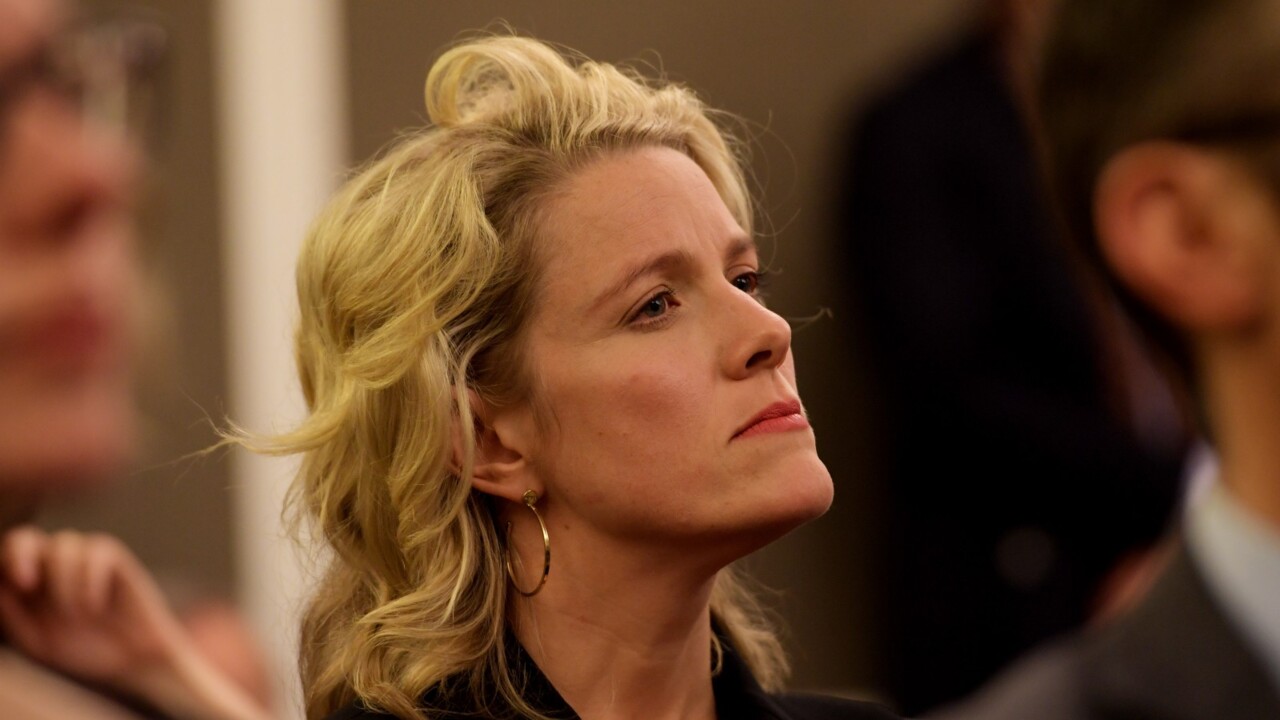Why Albanese’s migration review is utterly useless


Yes, the ‘one hand clapping’ looks, finally - and in long overdue fashion, that even goes beyond Covid having put everything in the freezer for two years - at the quality issues of the migrant inflow.
What went ‘into the freezer’, was not just the migrants, but rationality and even basic sanity: across all fronts, default policy was hysteria.
But the one hand that is utterly missing, so to speak, was any serious analysis of the overall number of migrants we should have in any year.
Should, it be the 350,000 to 400,000 we are now getting – or rather, ‘allowing’ to surge in an utterly chaotic fashion, in our current post-Covid utterly inchoate stampede?
Should it be 100,000? 200,000? Why not one million-a-year – indeed, two million-a-year – if they would all fit the micro criteria, gone over in excruciatingly inane fashion by the review panel, as if it’s all just a matter of getting the computer model programming ‘right’?
But even that ‘one hand clapping’ – loosely, the ‘quality’, as opposed to the quantity issue – was really only half-a-hand clapping.

As Daniel Wild of the IPA think tank – I think, uniquely – pointed out: the review made no attempt to examine and then to recommend how the so-called ‘skills gaps’ could be filled by incentivising non-migrants, people who are already here, to come back into or expand their involvement in the workforce.
As a consequence we look set to “continue the shortsighted and lazy approach of plugging Australia’s worker shortage simply with more migration”, Wild said. Succinctly, Correctly. Damningly.
That’s to say, if I could add: the report – like so many dozen of its predecessors - adds up to four-fifths of five-eighths of a bucket of spit.
As I’ve argued the ‘Big Migration/ Big Australia’ mindset is built on two monumental, and really quite arrogantly selfish, mindsets.
One, that there’s some sort of ‘factory’’ overseas that manufactures skilled workers across the spectrum.
No, the nurses we get from first world countries like the UK and from developing countries like the Philippines are taking equally much needed skilled workers from their societies, from their economies.
Yes, it’s a dog-eat-dog world, but if we like to grandstand on being such a good global citizen – curing the climate all on our own, while also destroying it with our coal, gas and iron ore exports - might we think about the interests of others, occasionally?
Secondly, it’s far from clear – that’s to say, it’s actually a no-brainer in the opposite direction – that a high-number, even a high-skilled high number, migration program is even in our best interests.
The MacroBusiness team of boy-enthusiasts have put it best – in their occasional departure from hysteria towards contact with reality.
We have to bring in more and more migrants – 200k this year, 400k in five years, maybe two million-a-year in 10 years – to build the infrastructure that they will need, especially in Melbourne and Sydney.
At the risk of repeating myself: spare me – and the nation - from twits masquerading as ‘experts’.



The Albanese government’s review of the migration system sits somewhere between one hand and only half of one hand clapping, so to speak.